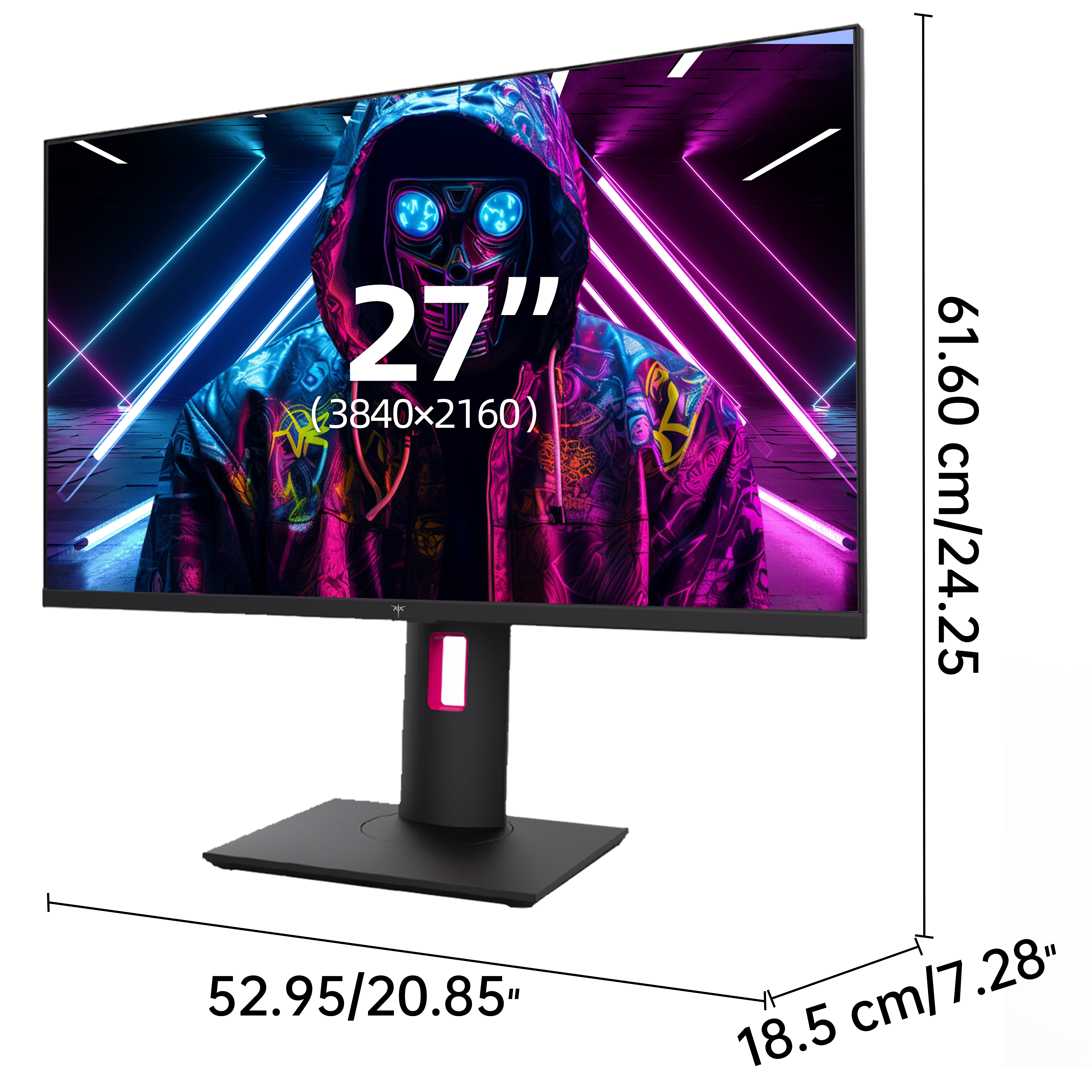Unveiling the Magic of IPS Monitors: Discover Why They're a Game Changer!
In the world of displays, IPS (In-Plane Switching) monitors have carved a niche for themselves, rapidly gaining traction among gamers, graphic designers, and professionals alike. Their superior performance and visual fidelity have made them a preferred choice for various applications, from high-octane gaming to meticulous photo editing. As technology advances, understanding the benefits and features of IPS monitors becomes essential for anyone looking to upgrade their visual experience. In this article, we will delve into the intricacies of IPS technology, explore its numerous advantages, discuss key features to consider when purchasing, and compare it to other monitor types, such as TN (Twisted Nematic) and VA (Vertical Alignment) panels. Whether you are a budding content creator or a seasoned gamer, the insights provided here will help guide your decision-making process.

Understanding IPS Technology
IPS technology revolutionizes how liquid crystals are aligned within a display. Unlike TN panels, which align crystals in a twisted formation, or VA panels that align them vertically, IPS monitors keep the crystals in a parallel arrangement. This unique setup allows for improved light transmission, resulting in vibrant colors and sharper images. The science behind it is fascinating: when an electric current passes through the liquid crystals, they tilt to allow light to pass through, creating a clearer and more consistent image. One of my friends, a graphic designer, swears by her IPS monitor because it allows her to see true colors, which is crucial for her work. This technology ensures that colors remain consistent across different viewing angles, making it a favorite among professionals who need precision in their visual output.
Benefits of IPS Monitors
The advantages of IPS monitors are numerous and impactful. First and foremost is their superior color accuracy; IPS panels can display a wider color gamut compared to TN or VA panels. This means that colors are more vibrant and true-to-life, which is essential for tasks like photo editing or graphic design. Additionally, IPS monitors offer wide viewing angles—up to 178 degrees—ensuring that the image remains clear and consistent no matter where you're sitting. For gamers, this means no color distortion during intense gameplay sessions when you're sharing the screen with friends. Furthermore, the consistency in color reproduction enhances cinematic experiences, making movies and video games more immersive. A friend of mine who enjoys competitive gaming noted that using an IPS monitor gave him a visual edge, as he could spot enemies lurking in the corners with greater clarity.
Features to Look for in IPS Monitors
When choosing an IPS monitor, several features should be at the forefront of your decision-making. Resolution is crucial; higher resolutions, such as 4K, provide more detail and clarity, enhancing the overall visual experience. Refresh rate and response time also play significant roles, especially for gamers who require fast-paced action without lag. A refresh rate of 144Hz or more is ideal for smooth gameplay, while a low response time minimizes ghosting effects. Connectivity options are equally important; ensure the monitor has the necessary ports to connect to your devices, whether it’s HDMI, DisplayPort, or USB-C. Lastly, consider the monitor’s ergonomics, such as height adjustment and tilt features, which can significantly enhance comfort during extended use. These elements collectively contribute to a more robust and enjoyable experience.
Comparing IPS Monitors to Other Types
Comparing IPS monitors with TN and VA panels reveals distinct differences that cater to various user needs. TN monitors are generally more affordable and provide faster response times, making them a viable option for competitive gamers on a budget. However, they sacrifice color accuracy and viewing angles, which may not be suitable for designers or those who enjoy immersive media. On the other hand, VA panels offer better contrast ratios and deeper blacks, appealing to movie enthusiasts but often lagging behind IPS in terms of color consistency and viewing angles. For everyday users, IPS monitors strike a balance between performance and visual fidelity, making them ideal for a wide range of applications—from gaming to professional work. Knowing your primary use case can help you choose the right monitor technology that aligns with your needs.
Enhancing Your Visual Experience with IPS Technology
In conclusion, IPS monitors stand out for their exceptional visual performance and versatility, making them a game changer in the display market. Their superior color accuracy, wide viewing angles, and consistent image quality transform the way we experience digital content, be it for gaming, design, or professional tasks. As you consider your next monitor purchase, reflect on your specific needs and preferences. The benefits of IPS technology are clear, and investing in a quality IPS monitor can significantly enhance your visual experience, leading to greater productivity and enjoyment. Embrace the magic of IPS technology, and discover a new level of clarity and color in your digital life!




